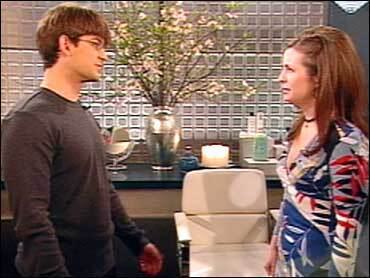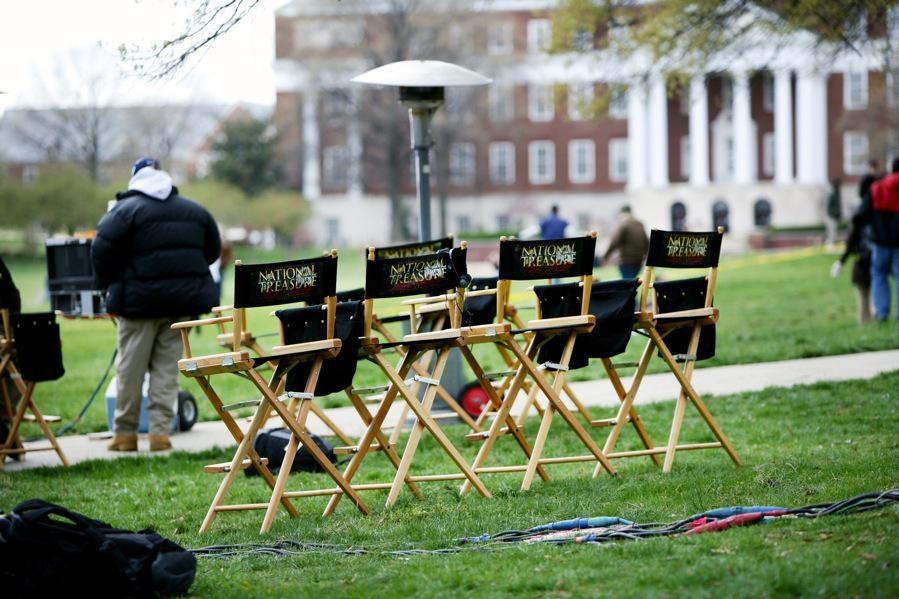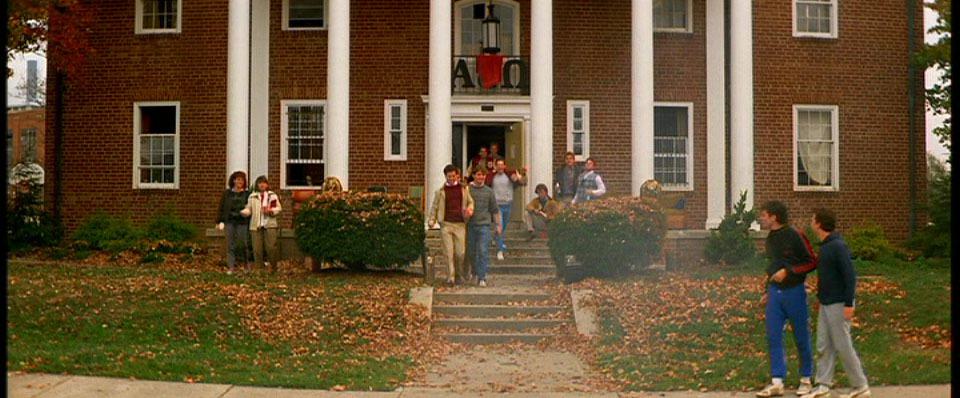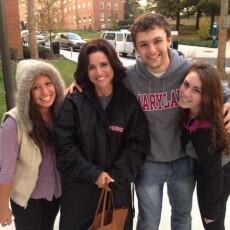- April 01, 2014
- By Liam Farrell
The term David Sicilia uses to describe his television habits shows how much the world he studies has changed in a decade.
The associate professor of history, who specializes in business and technology history and writes for the website “TV Worth Watching,” calls himself a “classic binge watcher”: that new species of consumer who can burn through whole seasons of shows in a way unheard of 20 years ago.

It’s a brave new television world, Sicilia says, where the walls of a show’s source, air date and delivery system are falling down. Services such as cable on demand, Internet streaming and digital video recorders can place virtually unlimited hours of television at your disposal, all while you’re tweeting about it to your friends.
“We’re in the midst of a really important shift,” he says. “Everything is fungible.”
A Nielsen report from February found that 83 percent of U.S. households with televisions have high-definition models and nearly half have DVRs. Since 2012, Americans are watching 2 hours and 44 fewer minutes of live television every month and one hour and 41 minutes more of “time-shifted” programming. Eighty-four percent of smartphone and tablet owners use their devices as second screens while watching TV.
The changes are breeding new avenues for creation. The popular show “House of Cards,” which is based on a BBC program, was made by a company, Netflix, that began as a mail-in alternative to now-defunct rental stores like Blockbuster.
The combination of new technologies and critically acclaimed shows—the ability to watch several seasons of “Veep” in a few days, the chance to catch up on “True Detective” miles away from a television and President Obama touting health care reform on the satirical Internet show “Between Two Ferns”—is creating what some believe is a new “Golden Age” for TV.
“If it’s golden, it will become more golden,” Sicilia says. “What’s the logical outcome of this? You can see anything at any time.”
Beyond that, he says, forecasting is a little difficult. Judging from history, the lifeline of big companies may be running out, no matter how many times they prevent viewers from fast-forwarding during on-demand commercial breaks.
“History would suggest the incumbents typically screw up and just don’t get it,” Sicilia says. “You see that story (in business) over and over again.”
To give established power no credit, however, may be just as much in error. For example, Sicilia points out, Netflix recently secured a deal to directly plug into the network of cable giant Comcast so its subscribers can watch shows with faster and more reliable Internet service.
From a cultural perspective, Sicilia says, the interplay of television and social media—“it’s just so thick and instantaneous now”—is also hard to project. But he does find the ability for people to segment into their own narrow interests, rather than make accidental discoveries through channel surfing, to be a potential problem.
“I’m concerned about the ability of people to avoid any idea that challenges their mindset,” he says. “Is this utopia or is this dystopia?”
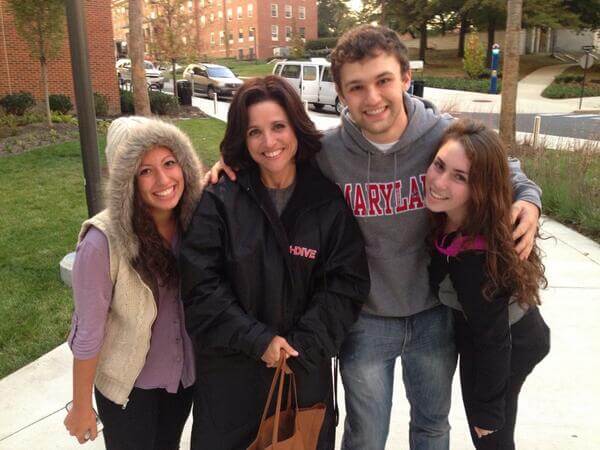 On April 6, the third-season premiere of “Veep,” about fictional Vice President Selina Meyers, airs on HBO. The show filmed at UMD’s Physical Sciences Complex for a week last fall—and star Julia Louis-Dreyfus posed outside with students. That wasn’t the only time Maryland’s been on the big or small screen. Check out the slideshow for more.
On April 6, the third-season premiere of “Veep,” about fictional Vice President Selina Meyers, airs on HBO. The show filmed at UMD’s Physical Sciences Complex for a week last fall—and star Julia Louis-Dreyfus posed outside with students. That wasn’t the only time Maryland’s been on the big or small screen. Check out the slideshow for more.
